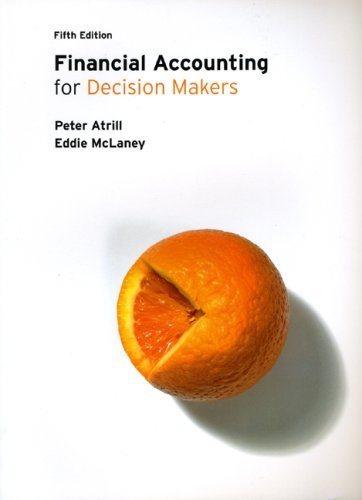Mert Manufacturing makes the products. Each product requires manufacturing operations in the departments: A B, and The labor hour requirements, by department, are as follows: Department Product 1 Product 2 Product 3.00 2.00 1.50 1.00 2.50 2.00 0.25 0.25 0.25 During the next production period the labor hours valable are 450 in department A, 350 in department, and 50 in department The profit contributions per unit are 528 for product 1, $30 for product 2 od 525 for product () formulate a linear programming model for maximing total profit contribution If the constant is it must be entered in the box. red, round your wer to two decimal places Lant of product i produced Max PS 1.L P. Py+ P P Select your answer Select your answer P. Pu, P2, P20 (a) Formulate a linear programming model for maximiring total profit contribution If the constant is "1' it must be entered in the box. If required, round your answers to two dedmal places Leta - units of product i produced Max PL+ P3 st P + Py Ps Select your answer P + P+ Select your answer Select your answer PL P + P3 Pi, P. P >0 () solve the linear program formulated in part ()How much of each product should be produced, and what is the projected total profit contribution? Product 1 Product 2 Product 3 Amount to Produce (c) Alter evaluating the solution obtained in part(), one of the production supervisors noted that production setup costs had not been taken into account. She noted that satu conts we $600 for product 1.8550 for product 2 and 5400 for products. the solution developed in part(b) is to be used, what is the total profit contribution after taking into account the setup costs? () Management realized that the optimal product mix, taking setup costs into account, might be different from the one recommended in part (b). Formulate a mixed-Integer near program that takes watup costs provided in port(e) into account Management also stated that we should not consider making more than 175 units of product 1, 150 units of product 2, or 140 units of product. What are the new objective function and additional equation constraints? If the constant is it must be entered in the box Let is one if any quantity of product is produced and rere otherwise P. st Select your answer VI 12 - Select your newer Y2 Select your answer Yg Ps. 30 () Solve the mixed-integer linear program formulated in part(). How much of each product should be produced and what is the projected total profit contribution? Compare this profit contribution to that obtained in part (c) If required, round your answers to nearest whole number it your answer is zero enter 0 Product 1 Product 2 Product 3 Amount to Produce Updated Proft Mert Manufacturing makes the products. Each product requires manufacturing operations in the departments: A B, and The labor hour requirements, by department, are as follows: Department Product 1 Product 2 Product 3.00 2.00 1.50 1.00 2.50 2.00 0.25 0.25 0.25 During the next production period the labor hours valable are 450 in department A, 350 in department, and 50 in department The profit contributions per unit are 528 for product 1, $30 for product 2 od 525 for product () formulate a linear programming model for maximing total profit contribution If the constant is it must be entered in the box. red, round your wer to two decimal places Lant of product i produced Max PS 1.L P. Py+ P P Select your answer Select your answer P. Pu, P2, P20 (a) Formulate a linear programming model for maximiring total profit contribution If the constant is "1' it must be entered in the box. If required, round your answers to two dedmal places Leta - units of product i produced Max PL+ P3 st P + Py Ps Select your answer P + P+ Select your answer Select your answer PL P + P3 Pi, P. P >0 () solve the linear program formulated in part ()How much of each product should be produced, and what is the projected total profit contribution? Product 1 Product 2 Product 3 Amount to Produce (c) Alter evaluating the solution obtained in part(), one of the production supervisors noted that production setup costs had not been taken into account. She noted that satu conts we $600 for product 1.8550 for product 2 and 5400 for products. the solution developed in part(b) is to be used, what is the total profit contribution after taking into account the setup costs? () Management realized that the optimal product mix, taking setup costs into account, might be different from the one recommended in part (b). Formulate a mixed-Integer near program that takes watup costs provided in port(e) into account Management also stated that we should not consider making more than 175 units of product 1, 150 units of product 2, or 140 units of product. What are the new objective function and additional equation constraints? If the constant is it must be entered in the box Let is one if any quantity of product is produced and rere otherwise P. st Select your answer VI 12 - Select your newer Y2 Select your answer Yg Ps. 30 () Solve the mixed-integer linear program formulated in part(). How much of each product should be produced and what is the projected total profit contribution? Compare this profit contribution to that obtained in part (c) If required, round your answers to nearest whole number it your answer is zero enter 0 Product 1 Product 2 Product 3 Amount to Produce Updated Proft









